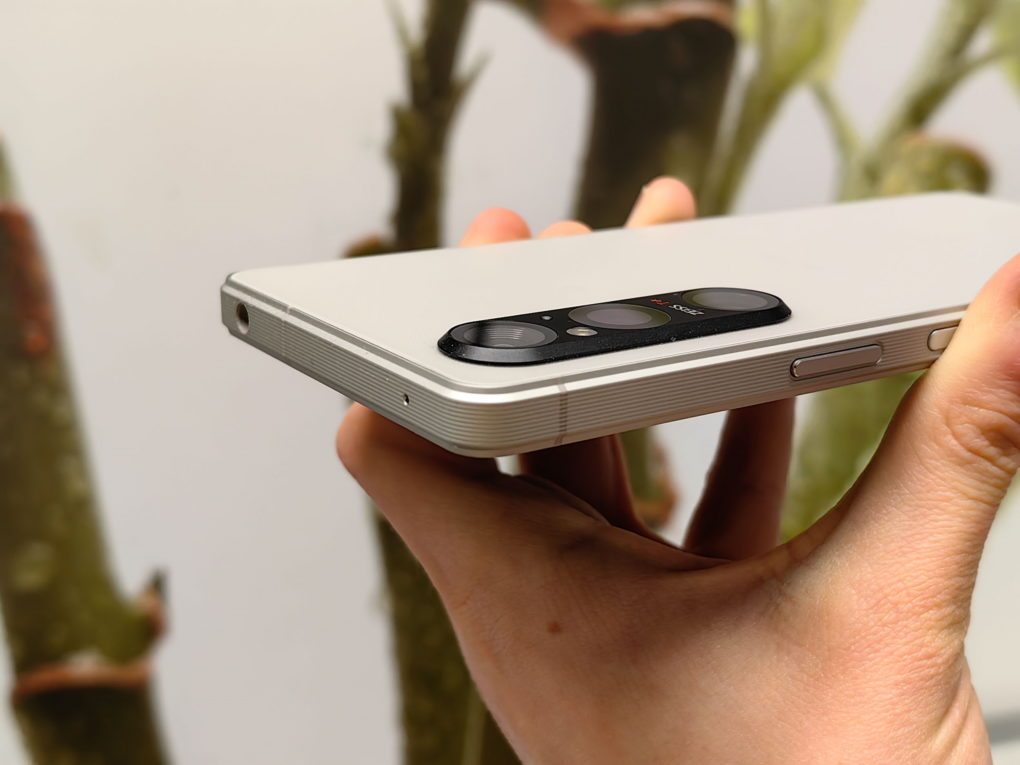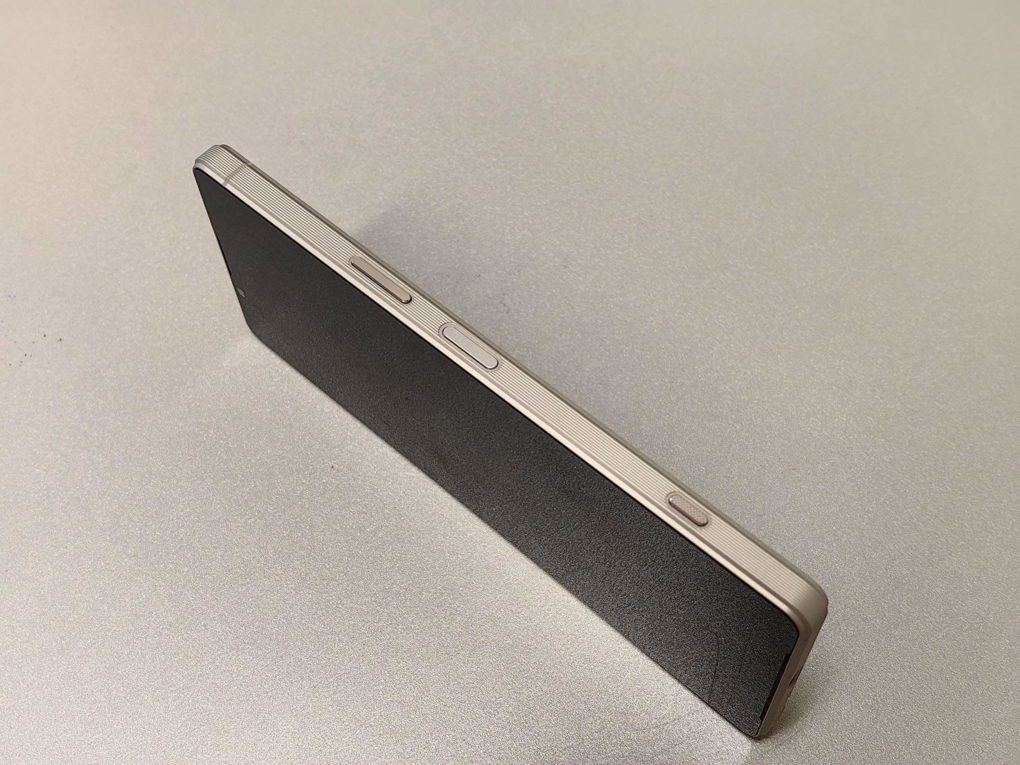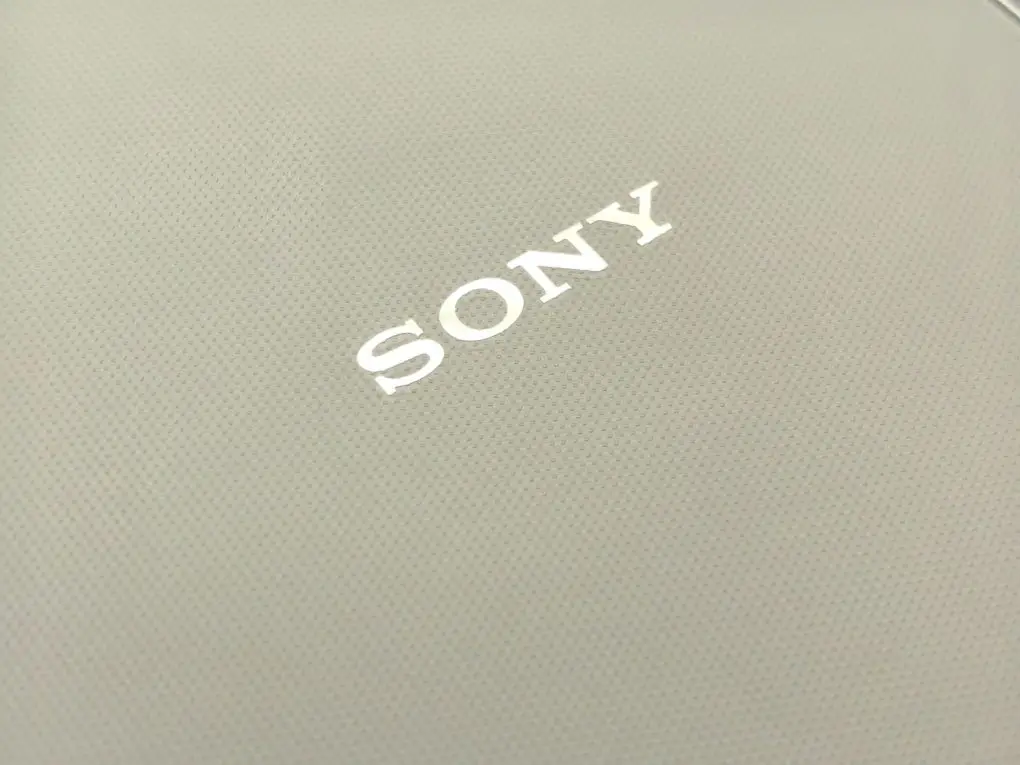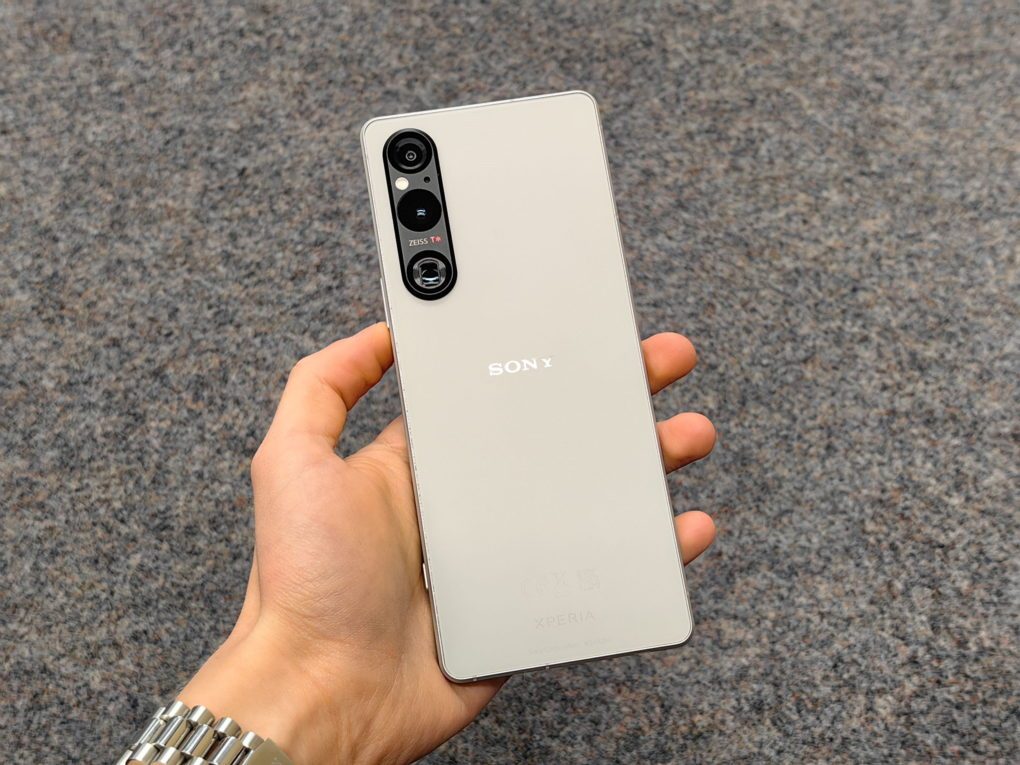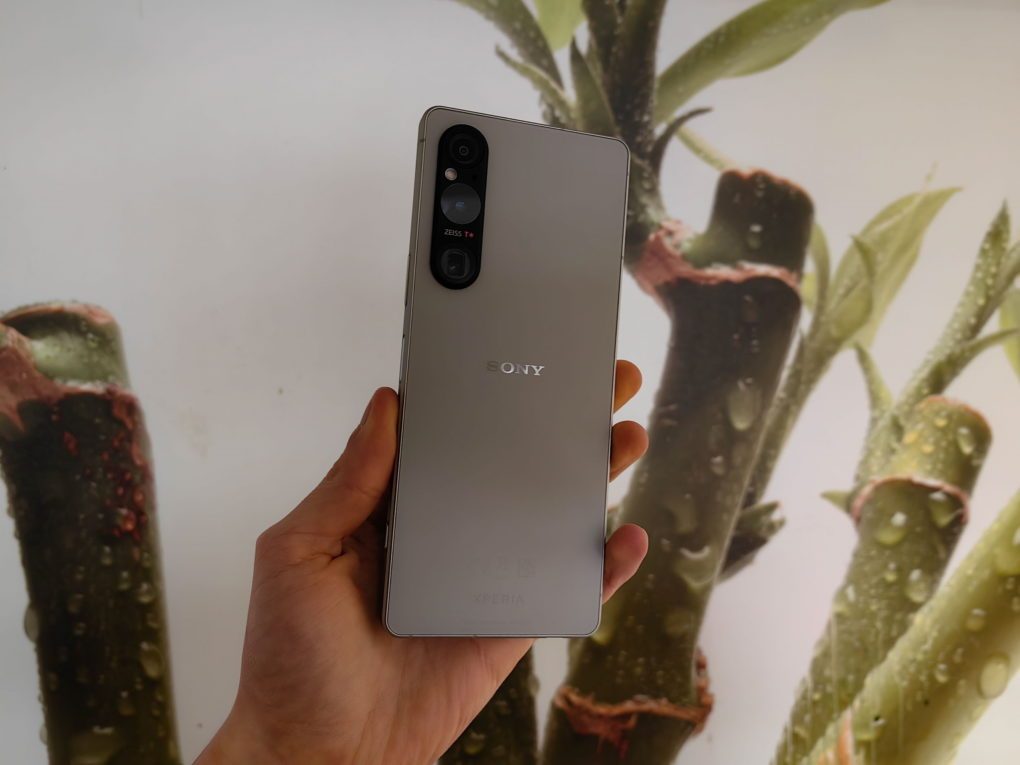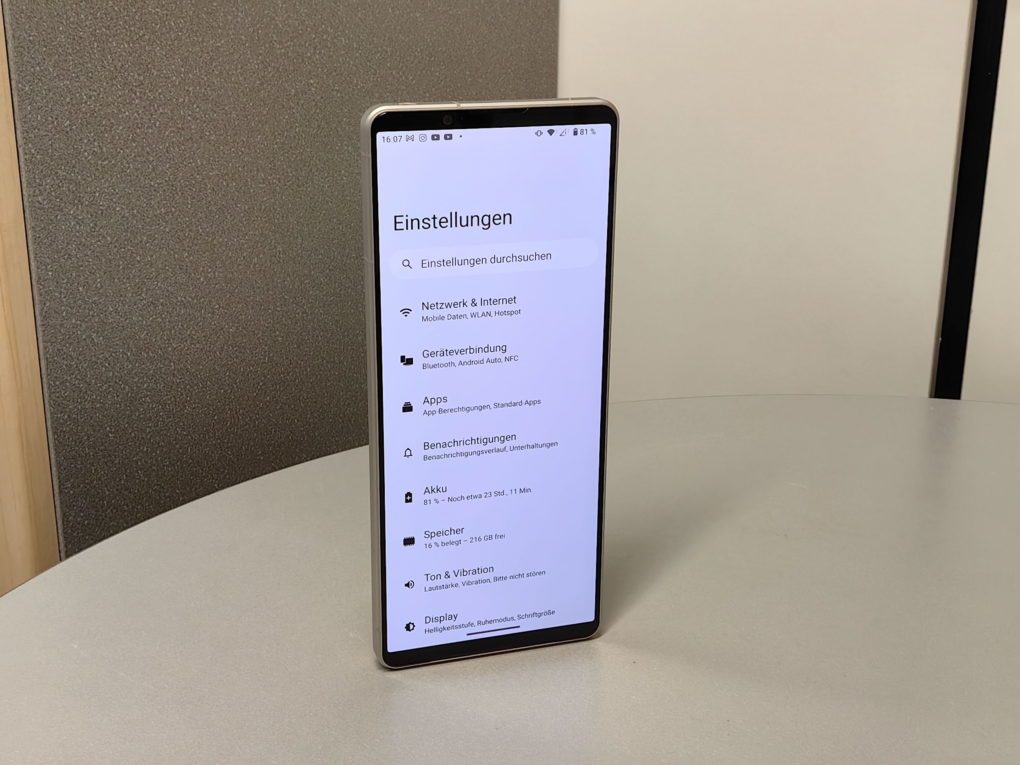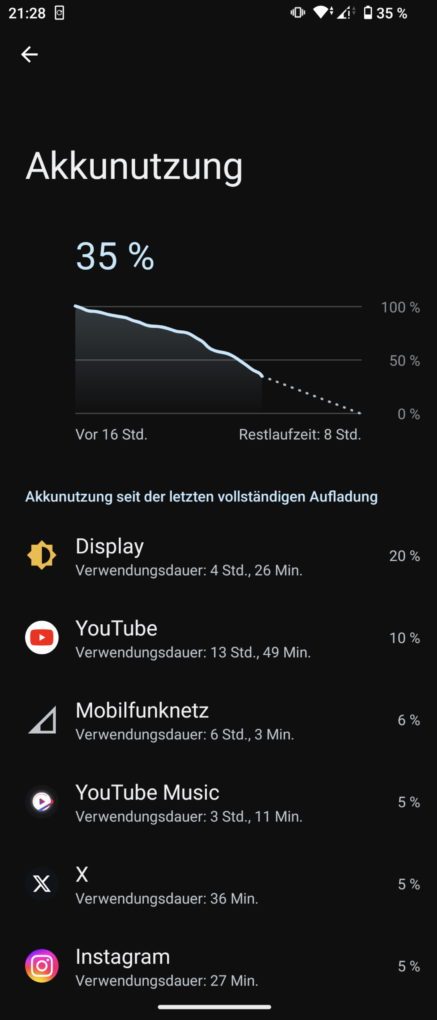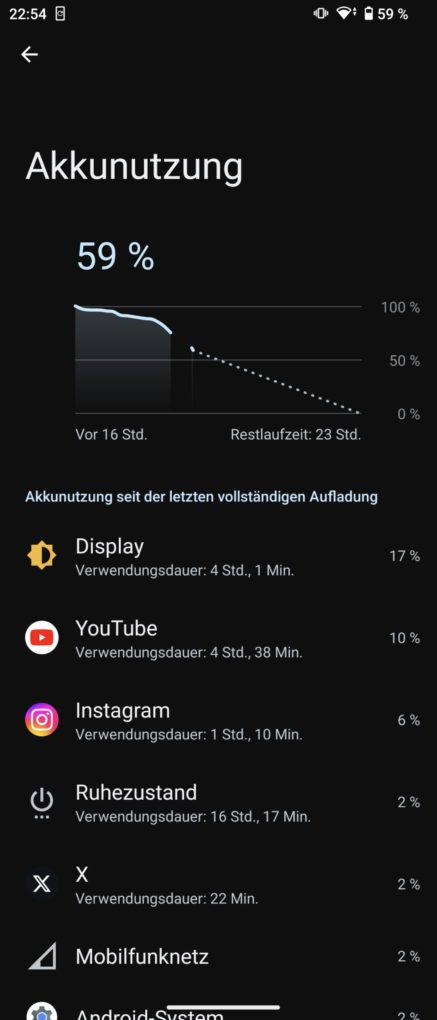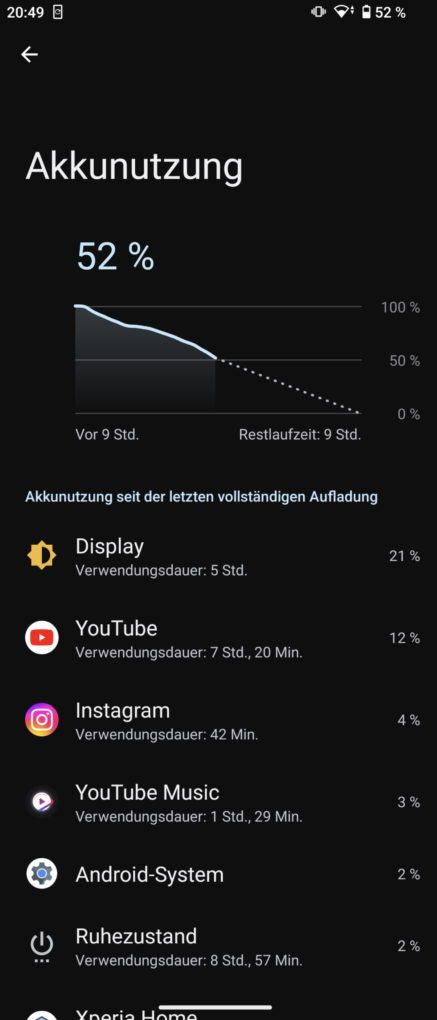After we recently took a closer look at the Xperia 5 V in a comprehensive test report, we now take a closer look at its bigger brother – the Sony Xperia 1 V.
Apart from the size, the design and camera setup differ greatly from the Xperia 5. You can read here whether these differences are enough to choose Sony. Short test.
Conclusion
The Sony Xperia 1 V is a good smartphone with a great display, great performance, long battery life and good stereo speakers, but I can't recommend it at this point. In my opinion, there are currently alternatives with a better zoom camera, thinner display bezels and faster charging for around 1,000 euros. In addition, the successor – Sony Xperia 1 VI – will be presented soon. So I advise all potential buyers to wait for the successor, check out the competition or get a cheaper Sony Xperia 5 V with better battery life.
Buy Sony Xperia 1V
Design and display
The Sony Xperia 1V is a large smartphone that cannot be easily operated with one hand in all situations. However, I really like the form factor because Sony again uses an elongated aspect ratio of 21:9, which makes it easier to use with one hand than similarly sized smartphones with 19:9 or 20:9 aspect ratios. It weighs 187 grams and is neither particularly thin nor thick at 8.3 millimeters.
Both the front and the frame have a special texture that not only keeps them cool but also contributes to pleasant handling. Although I found the Xperia 1 V to be quite angular in the hand, it's nowhere near as bad as its smaller brother, the Sony. In my opinion, the power button is located too far down and doesn't have a particularly good pressure point. Sometimes I found myself pressing the volume up/down button instead of the power button, because that's where the volume up/down button should be. However, the smartphone is much longer and has more buttons than the Sony Xperia 5 V, so I don't think it is worse with the 1 V.
- Image: Tech News
- Image: Tech News
- Image: Tech News
A 6.1-inch OLED display is used on the front, surrounded by very thick bezels. Sony uses space for good stereo speakers, but 99 percent of competitors in this price range show that smartphones can have both thin display bezels and good stereo speakers. The Xperia 1 V simply looks old fashioned.
At least the screen quality is pretty good. As this has always been a major problem with Sony flagships in the past, Sony has finally managed to bring the maximum brightness under control. It's not as bright as current iPhones or the Samsung Galaxy S24 Ultra, but the panel can be read without any problems even on sunny days. Sharpness at 3,840 x 1,644 pixels is excellent, colors are reproduced beautifully and naturally, viewing angle stability is solid and a smooth 120Hz refresh rate cuts down on excellent display quality.
- Image: Tech News
- Image: Tech News
- Image: Tech News
Software, processor and battery
Material U software based on Android 13 is used. Personally, I'm not a big fan of the look, but I have to give Sony credit for the fact that the software is very simple and has a lot of useful functions. Plus, there's no bloatware. Unfortunately, an update is not guaranteed.
Inside is a Qualcomm Snapdragon 8 Gen2, backed by 12 GB of RAM and 256 GB of internal storage. The latter can even be expanded via microSD card, which is not possible on any other flagship smartphone. Apps start and close too quickly, and you'll find yourself searching in vain. The overall motion speed is at a very high level and the animations run smoothly at all times. The Xperia 1 V has no problems with more demanding apps or games, and Sony has managed heat generation significantly better than its predecessors, although it's hotter than other smartphones during intensive use.
- Image: Tech News
- Image: Tech News
- Image: Tech News
A 5,000 mAh battery ensures long battery life. At the end of the day, four to five hours of screen-on time still left a maximum of 59 percent and a minimum of 35 percent battery power. Although the smaller Xperia 5 V has to admit defeat, the battery life is still good. Unfortunately, the battery can only be charged up to 30 watts in 100 minutes, which is pretty weak for 2024. At least it supports wireless charging.
Photo tool
One of the biggest differences compared to the Xperia 5 V is about the camera. While the main camera and ultra-wide-angle camera are completely identical, the Xperia 1 V also has a telephoto camera:
- 52-megapixel main camera (f/1.9), 1/1.35-inch
- 12-megapixel ultra-wide-angle camera (f/2.2), 1/2.5-inch, 123°
- 12-megapixel telephoto camera with variable focal length (85mm – 125mm), F2.3 (85mm) – F2.8 (125mm), 1/3.5-inch
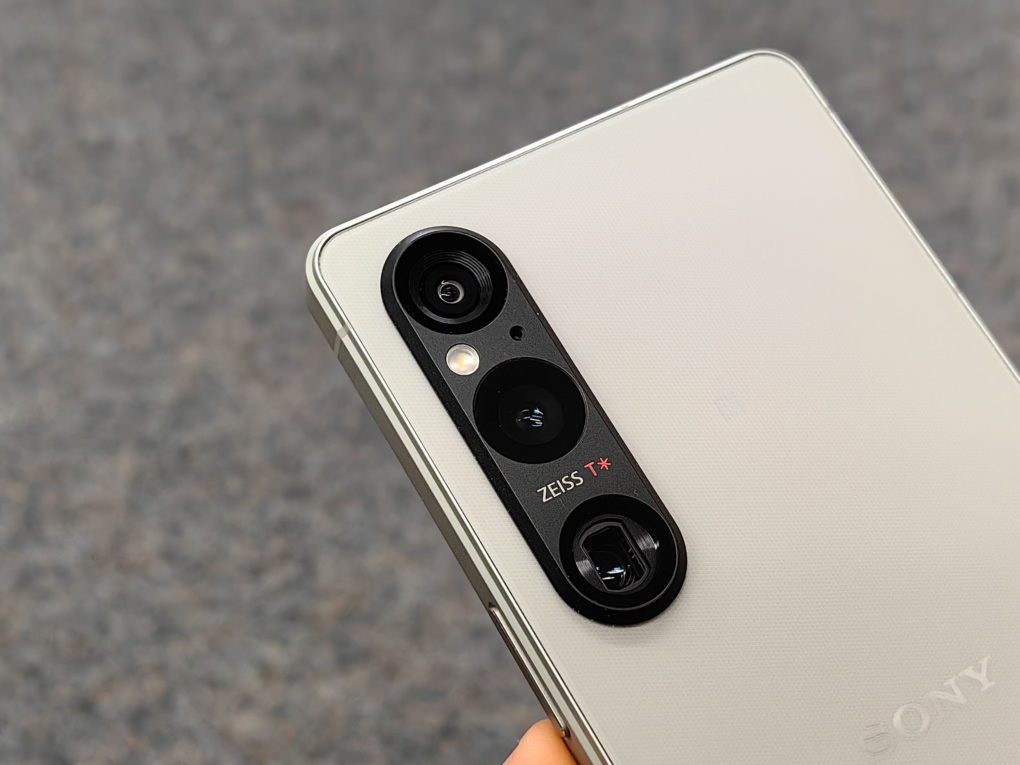
Image: Tech News
Not just on paper, but in terms of final image quality, there's absolutely no difference between 1 V and 5 V on prime and ultra-wide-angle cameras, which is why we'll be looking at a telephoto camera. In this review. If you are interested in the main and ultra-wide-angle camera and videos, you are welcome to take a look here:
Zoom recordings are better than the little brother, but – like the predecessor – I would have expected a lot more. Dynamic range is decent, but colors are often too pale and sharpness is sometimes too weak. Yes, even at 5.2x magnification, it's still optical. While this variable focal length technology is impressive, the quality is a bit stagnant. Samsung, HUAWEI, Google and Apple are visually stunning, and I don't even need to get started with the Vivo X100 Pro.
Others – fingerprint sensor, vibration motor etc.
Even though the screen's bezels are quite wide, Sony uses the space effectively for high-quality stereo front speakers. In my opinion, these can be loud, but the sound quality is very good.
The vibration motor provides a high-quality feel, but is a bit noisy for me, especially when the smartphone is on the desk and receiving notifications.
Unlike all other flagship smartphones, the fingerprint sensor is located on the power button and not on the display. It often happens to me that my finger doesn't hit the sensor properly because the button is slightly down. However, if I hit it optimally, the smartphone unlocks quickly and reliably.
